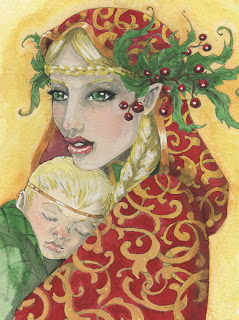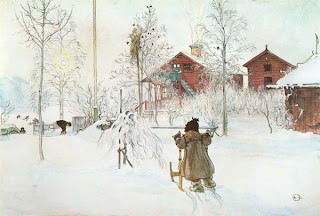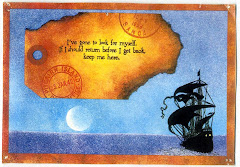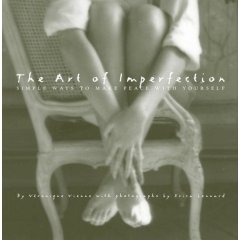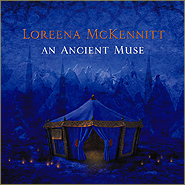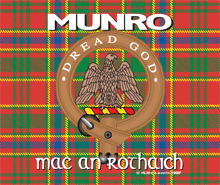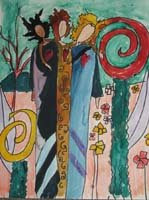ALMOND CAKE BAKER
Most of my posts this December have been about Norwegian holiday foods. I first learned about some of these Scandinavian treats by looking at the Suzanne Toftey "Takk For Maten" series of decorative tiles.
Takk for Maten means "Thanks for the food" in Norwegian. In celebration of today, which is Lille Juleaften (Little Christmas Eve) in Norway, I am saying thank you to Ms. Toftey for the way she is preserving Norwegian customs and traditions.
Takk for Maten means "Thanks for the food" in Norwegian. In celebration of today, which is Lille Juleaften (Little Christmas Eve) in Norway, I am saying thank you to Ms. Toftey for the way she is preserving Norwegian customs and traditions.
For not only does she portray scrumptious holiday delicacies, her little vignettes also showcase regional Norwegian costumes, home interiors and - in the tile borders - rosemaling patterns. Rosemaling is the traditional Norwegian folk or tole painting.
I have written posts about some of these foods, but some I have not, being unfamiliar with that particular treat. Depending on what year they were produced, the tiles have little stickers on the back explaining which region of Norway the child's costume is from, and a recipe. The newer tiles also depict a little nisse (Norwegian house and barn elf) in each vignette, watching the baker, helping out or sneaking a little bit of pastry or whipped cream.
SUZANNE TOFTEY
Toftey, from Lake Mille Lacs, MN, is an award-winning rosemaler and a Vesterheim Museum Gold Medalist. Her work has been on exhibit in Norway as well as in the United States.
In addition to the Takk for Maten series, Toftey has a line of Swedish and Danish holiday food tiles, Nisse plates, Norwegian Fjord Horse plates and Folk Art Tiles, which feature Norwegian Americans who are preserving crafts such as rosemaling, Norwegian knitting and woodworking.
She has produced 14 Takk for Maten tiles so far, of which I have collected four. I also have one Nisse plate. All are available at Scandinavian import stores and online shops.
FATTIGMAND BOYS
GJESTOST (GOAT CHEESE) BOY
PICKLED HERRING BOY
KRUMKAKE GIRL
LUTEFISK BOY
(If you read my lefse post, you'll
know why he is grimacing)
RISENGROT (RICE PUDDING) KIDS
JULEKAKE (CHRISTMAS BREAD) CHILDREN
KRANSEKAKE (NORWEGIAN WEDDING CAKE) GIRL
LEFSE GIRL
ROMMEGROT (SOUR CREAM PUDDING) GIRLS
VAFLER (WAFFLE) GIRL
(Norwegians use an iron that
makes heart-shaped waffles)
CREAM CAKE GIRL
(Moist cake layered with
whipped cream and fruit)
NOTE: This is my last post for December. To all you Norwegian Americans out there, Happy Lille Juleaften. And for everyone, Merry Christmas and Happy New Year.
ALSO: What in the world is Blogger up to with the different colored, underlined words? I've noticed this in other blogs too. How do I get rid of it? (I tried deleting the word and typing it in again but that doesn't work.)

















